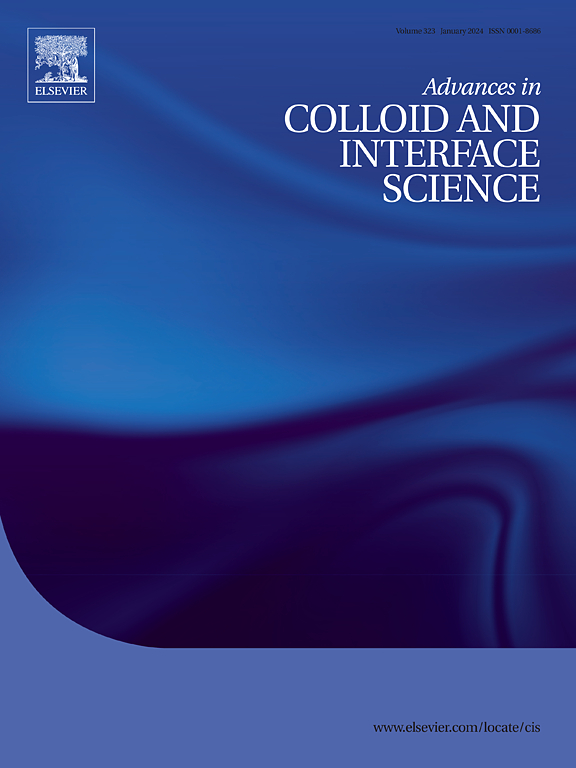Multi-metal/ligand MOFs: Transformative materials for energy storage, photocatalysis, and sensor technologies
IF 15.9
1区 化学
Q1 CHEMISTRY, PHYSICAL
引用次数: 0
Abstract
Metal-organic frameworks (MOFs) are a highly versatile class of materials that have attracted considerable attention because of their unique structural tunability and broad range of applications. The introduction of multiple metals and ligands into the MOF structures has emerged as an effective strategy to enhance their properties and expand their application range. Mixed-metal MOFs incorporate metals with varying oxidation states or coordination environments, thereby improving properties such as stability, porosity, and catalytic activity. Similarly, the mixed-ligand MOFs comprised of multiple organic linkers offer additional flexibility in modifying pore structures and functional properties. These hybrid frameworks have demonstrated significant potential in a variety of applications, including gas storage, separation, catalysis, sensing, and environmental remediation. This review classifies the most frequently utilized metals in MOFs and focuses on their roles in mixed-metal and mixed-ligand structures. It also discusses how incorporating different metals or ligands can improve the MOF key properties. Moreover, this review presents a comprehensive overview of the different synthesis techniques used in fabricating MOFs, ranging from solvothermal methods to innovative approaches such as microwave-assisted synthesis and electrochemical methods. The synergistic interactions between different metals are highlighted, showcasing the unique advantages of these combinations in enhancing MOF functionality. Finally, the applications of mixed-metal and mixed-ligand MOFs in energy storage, photocatalysis, and sensor technologies are discussed.

多金属/配体mof:能量存储、光催化和传感器技术的变革材料
金属有机框架(mof)是一种用途广泛的材料,因其独特的结构可调性和广泛的应用而受到广泛关注。在MOF结构中引入多金属和配体是提高其性能和扩大其应用范围的有效策略。混合金属mof包含了具有不同氧化态或配位环境的金属,从而改善了稳定性、孔隙度和催化活性等性能。同样,由多种有机连接剂组成的混合配体mof在修饰孔结构和功能特性方面提供了额外的灵活性。这些混合框架在各种应用中显示出巨大的潜力,包括气体储存、分离、催化、传感和环境修复。本文对mof中最常用的金属进行了分类,重点介绍了它们在混合金属和混合配体结构中的作用。还讨论了如何加入不同的金属或配体来改善MOF的关键性能。此外,本文还全面介绍了用于制造mof的不同合成技术,从溶剂热法到微波辅助合成和电化学方法等创新方法。强调了不同金属之间的协同相互作用,展示了这些组合在增强MOF功能方面的独特优势。最后,讨论了混合金属和混合配体mof在储能、光催化和传感器技术方面的应用。
本文章由计算机程序翻译,如有差异,请以英文原文为准。
求助全文
约1分钟内获得全文
求助全文
来源期刊
CiteScore
28.50
自引率
2.60%
发文量
175
审稿时长
31 days
期刊介绍:
"Advances in Colloid and Interface Science" is an international journal that focuses on experimental and theoretical developments in interfacial and colloidal phenomena. The journal covers a wide range of disciplines including biology, chemistry, physics, and technology.
The journal accepts review articles on any topic within the scope of colloid and interface science. These articles should provide an in-depth analysis of the subject matter, offering a critical review of the current state of the field. The author's informed opinion on the topic should also be included. The manuscript should compare and contrast ideas found in the reviewed literature and address the limitations of these ideas.
Typically, the articles published in this journal are written by recognized experts in the field.

 求助内容:
求助内容: 应助结果提醒方式:
应助结果提醒方式:


